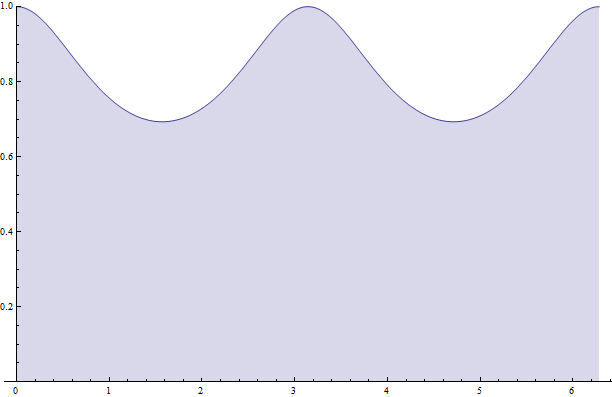- #1
skate_nerd
- 176
- 0
In the middle of an integral using Green's Theorem for an outward flux calculation, I came up to a really gross integral. The double integral started out as
$$\int_{-1}^{1}\int_{-\sqrt{1-y^2}}^{\sqrt{1-y^2}}\frac{2}{1+y^2}\,dx\,dy$$
and I got it down to
$$\int_{-1}^{1}\frac{4\sqrt{1-y^2}}{1+y^2}\,dy$$
I tried thinking of numerous substitutions and by parts strategies...nothing seemed to work. I consulted wolframalpha and it gave me a solution using I think something like 4 substitutions and partial fractions which I would really rather not go through.
Any other ideas? Or is this just a terrible integral one would prefer to avoid?
$$\int_{-1}^{1}\int_{-\sqrt{1-y^2}}^{\sqrt{1-y^2}}\frac{2}{1+y^2}\,dx\,dy$$
and I got it down to
$$\int_{-1}^{1}\frac{4\sqrt{1-y^2}}{1+y^2}\,dy$$
I tried thinking of numerous substitutions and by parts strategies...nothing seemed to work. I consulted wolframalpha and it gave me a solution using I think something like 4 substitutions and partial fractions which I would really rather not go through.
Any other ideas? Or is this just a terrible integral one would prefer to avoid?

